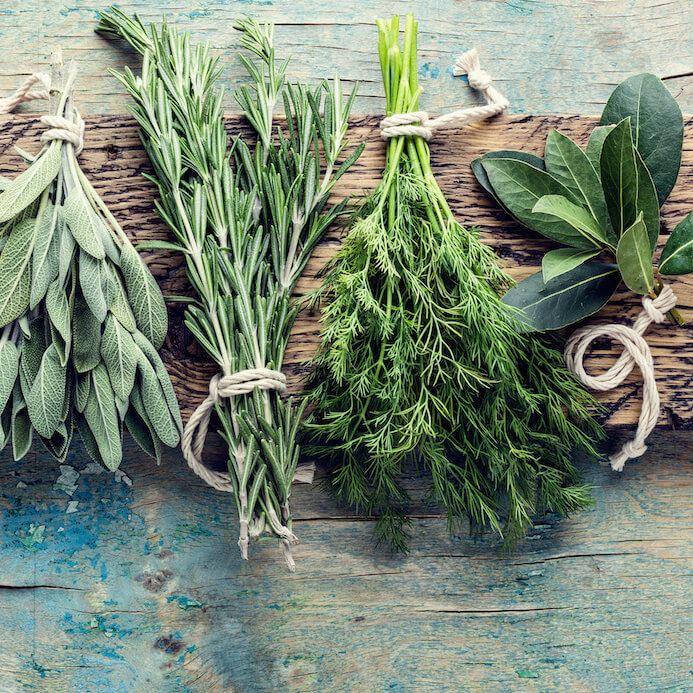Living Maxwell
Better Choices
Another Reason to Support Organic — Organic “Hotspots” Significantly Boost Local Economies
While there are many reasons why we should support organic food, we now have yet another one: organic boosts local economies.
In a new study by the Organic Trade Association called U.S Organic Hotspots and their Benefit to Local Economies, it has been found that organic food and crop production – and the business activities accompanying organic agriculture – creates real and long-lasting regional economic opportunities.
Conducted by by Penn State Agricultural Economist Dr. Edward Jaenicke, the research identifies 225 counties in the United States in Organic Hotspots — counties with high levels of organic agricultural activity that have neighboring counties with high organic activity — and then looks at how these Organic Hotspots impact key county-level economic indicators.
And what this study found was incredibly compelling, including:
- Being an Organic Hotspot increases median household income by over $2,000
- Being an Organic Hotspot lowers a county’s poverty rate by as much as 1.35 percentage points
This significant increase in household income and reduction in poverty levels are greater than general agriculture activity, and being an Organic Hotspot has an even greater impact than major anti-poverty programs.
In summary, what this shows is that organic isn’t just providing healthier food for people and keeping toxic pesticides out of our environment, but organic is making our economies stronger.
As such, we need to get this report to every single one of our politicians. Now we have tangible proof, instead of just rhetoric, that adopting a pro-organic agenda makes good business sense and will improve the financial standing of citizens living in these Organic Hotspots.
Needless to say, this is an extremely encouraging development and great work by the Organic Trade Association!
(To find out if you live in an Organic Hotspot, check out this cool interactive map here.)
